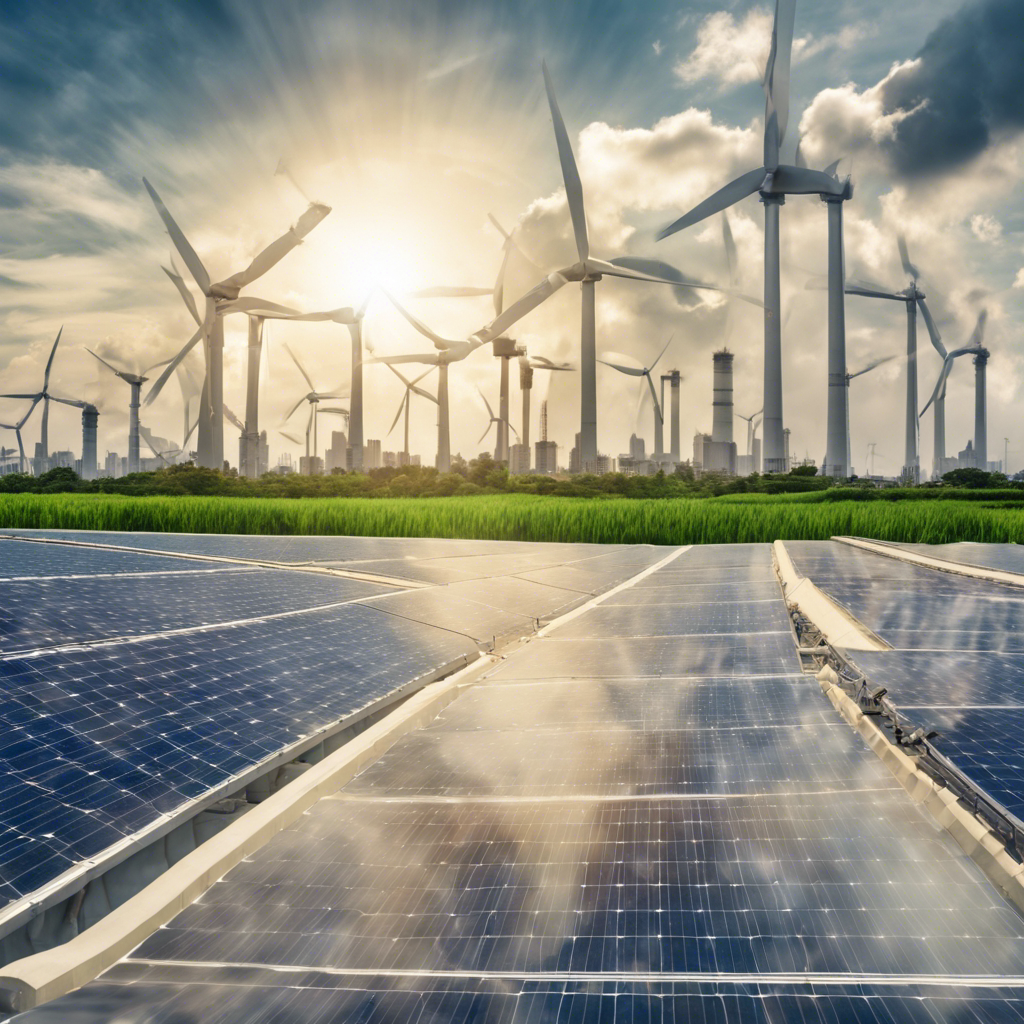A German thinktank calls for Asian economies to boost their renewable energy share to at least 50% by 2030 to limit global warming to 1.5 degrees Celsius.
A report by German thinktank Agora Energiewende highlights the urgent need for major Asian economies to significantly increase their share of renewable energy to combat climate change. The report emphasizes that to limit global warming to 1.5 degrees Celsius, these economies must raise their renewable energy share from the current 6% to at least 50% by 2030. The study analyzes the energy plans of nine Asian nations, including Japan, South Korea, Vietnam, and Indonesia, and emphasizes the importance of wind and solar power in achieving this target.
The Critical Climate Threshold and the Consequences of Failing to Meet It
A global temperature increase of 1.5 degrees Celsius since pre-industrial times is considered a critical climate threshold. Beyond this point, the risks of catastrophes, such as the loss of coral reefs, irreversible ice sheet melting, water shortages, heatwaves, and extreme weather-related deaths, significantly increase. The report highlights the importance of meeting this threshold to avoid these dire consequences.
Heavy Reliance on Fossil Fuels and Misaligned National Plans
The study reveals that Asian nations share a heavy reliance on fossil fuels, and their national energy plans are not aligned with the ambitious climate pledges announced by their governments. The report emphasizes the need for these countries to shift towards proven renewable energy technologies, such as wind and solar power, to avoid exceeding their set limits and unnecessary investment in fossil fuel infrastructure.
The Required Increase in Solar and Wind Energy Capacity
To meet the 1.5-degree Celsius limit, the nine countries analyzed in the study need to add 45 to 55 gigawatts of solar energy and 20 gigawatts of wind energy every year. However, the current installed capacity falls significantly short of these targets, with only 11.9 gigawatts of solar energy and 1.5 gigawatts of wind energy installed in 2021. The report highlights the need for a substantial increase in solar and wind energy capacity to achieve the desired outcomes.
Lessons from Leading Renewable Energy Countries
The report points to the United States, China, and India as examples of countries that have made significant progress in renewable energy capacity since 2016. These countries’ success in adding wind and solar power capacity demonstrates the potential for other Asian nations to follow suit. The transition to renewable energy not only helps combat climate change but also creates job opportunities and improves energy security.
Overcoming Challenges and Expanding Renewable Energy Sources
Many countries in Asia still heavily rely on large hydropower dams, which can have significant social and environmental costs and are vulnerable to drought. The report suggests a paradigm shift that includes removing subsidies for oil and gas to make renewables more competitive, simplifying bureaucratic hurdles, and facilitating investments. Additionally, power grids need to be upgraded to accommodate the variability and unpredictability of wind and solar power.
Conclusion: The report by Agora Energiewende underscores the urgent need for major Asian economies to increase their share of renewable energy to combat climate change. By transitioning to wind and solar power, these countries can meet the critical climate threshold of limiting global warming to 1.5 degrees Celsius. The report emphasizes the importance of aligning national energy plans with ambitious climate pledges and highlights the potential for job creation and improved energy security. To achieve these goals, a paradigm shift is necessary, including removing subsidies for fossil fuels, simplifying bureaucratic processes, and upgrading power grids. The time to act is now to secure a sustainable future for our planet.

